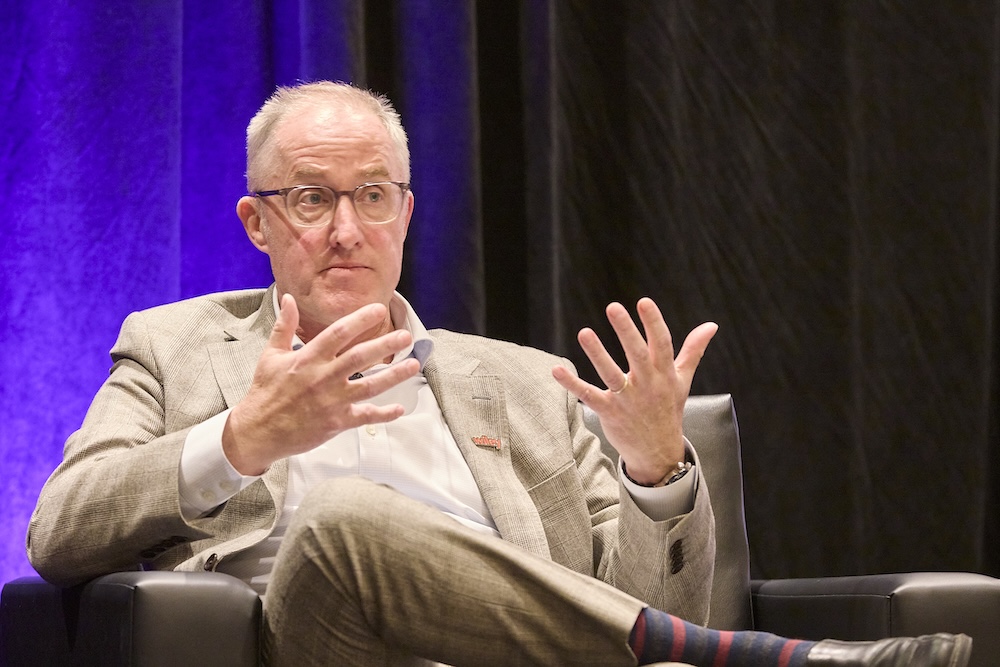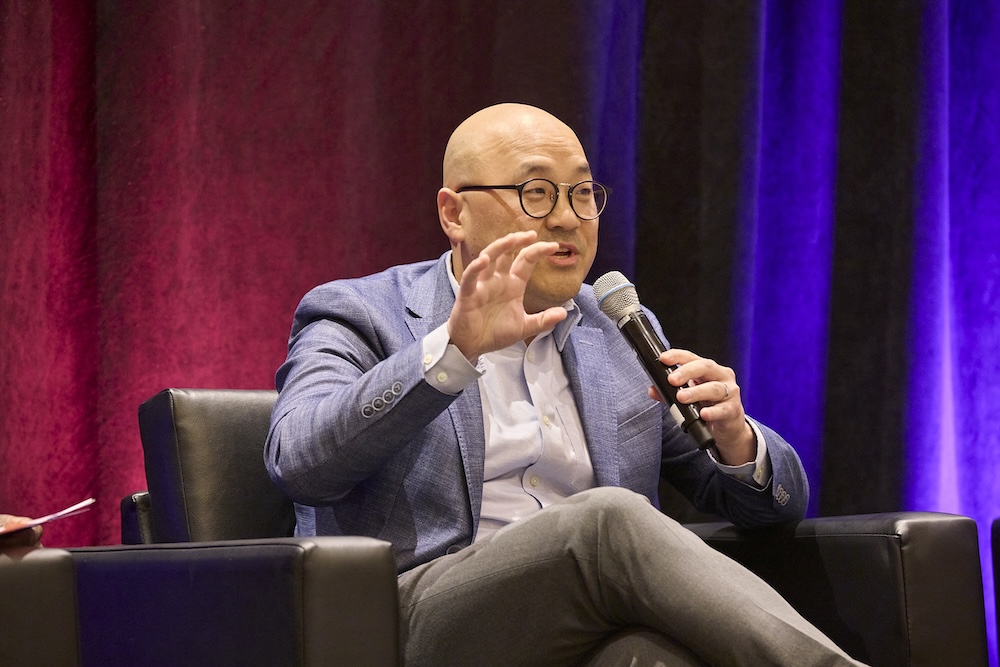-
Fraud Mitigation & Data Integrity
Essential tools for trust, integrity, fraud prevention & regulatory compliance.
- Driving Confidence in Telecom Through the Trust Framework
- RealNumber DNO – Prevent Fraud on Voice & Text
- RealAgent – Avoid Potential TCPA Violations
- RealBrand – Reinforce a Phone Number’s Identity & Reputation
- Global Number Range – Gain Authoritative Number Intelligence
- Live Status – Query Real-Time Mobile Number Intelligence
- Number Portability Query – Access Accurate Local & Global Number Portability Details
-
Routing Optimization
Gain access to authoritative routing data to create the ultimate routing intelligence for your traffic.
-
Number Administration
Empowering connectivity as the FCC appointed administrators for critical numbering registries.
-
Connected Device Intelligence
Gain total transparency to your IoT assets’ current state and vulnerabilities.
Insights
Enforcement Remains at the Heart of Trusted Communications with Wiley Rein, Rainfall Strategies LLP and Somos

The 2025 Somos Summit brought together global thought leaders, industry experts and innovators to explore the intersection of Trust, Technology & Transformation. Held just outside Washington, D.C., this year’s event featured insightful sessions and meaningful conversations focused on advancing the telecom ecosystem and shaping the future of trusted communications.
During the Day 1 Power Session “Behind the Badge: Understanding FCC Enforcement Authority and Its Impact,” experts turned to enforcement – exploring how regulators pursue bad actors, what tools still have their bite and how a recent Supreme Court ruling could shake the gameboard. Moderator Sanford Williams, Deputy General Counsel and VP, Strategic Initiatives at Somos, led a discussion with Peter Hyun, Founder and President of Rainfall Strategies LLC and Kevin Rupy, Partner at Wiley Rein LLP, two veterans who know Federal Communication Commission (FCC) enforcement inside and out.
To start off, Peter Hyun walked through the Supreme Court’s Jarkesy decision and the circuit split that followed. In short, when a case resembles a traditional lawsuit, agencies may not be able to levy monetary penalties in-house without a jury trial in federal court. One circuit rejected those fines, w hile two others upheld the FCC’s authority. For now, the outcome remains uncertain until the Supreme Court weighs in again.
hile two others upheld the FCC’s authority. For now, the outcome remains uncertain until the Supreme Court weighs in again.
Kevin Rupy reminded attendees that enforcement extends beyond fines. The FCC can still act through cease-and-desist letters, public notices, blocking orders and removals from the Robocall Mitigation Database (RMD). These tools are swift, forward looking and consequential — if your certification disappears, so does your traffic.
Peter pointed to the deepfake robocall incident during the New Hampshire primary as proof of the Bureau’s agility. Within days, the FCC issued letters and blocking notices that prevented further harm during subsequent primaries. He explained that, for threats that hit trust at a national moment, he said, “swift and surgical” beats “slow” and “retrospective.”
Advice to providers was clear: Rupy urged attendees to treat Jarkesy as a fact or, not a shield. Document decisions, refresh mitigation plans and keep Know Your Customer (KYC) programs active. Enforcement risk today extends beyond forfeitures to include state Attorney Generals, the Federal Trade Commission (FTC) and industry tracebacks.
or, not a shield. Document decisions, refresh mitigation plans and keep Know Your Customer (KYC) programs active. Enforcement risk today extends beyond forfeitures to include state Attorney Generals, the Federal Trade Commission (FTC) and industry tracebacks.
Peter closed by calling for a coordinated national strategy linking telecom, cybersecurity and consumer protection. The goal, he said, isn’t just to punish past violations, it’s to protect networks in real-time through data, people and partnership.
Wrapping up the conversation, Sanford reminded the audience that enforcement remains a cornerstone of trust in telecom. The rules may shift, but the smartest companies will stay ready by documenting what they do and engaging early with regulators and peers.
KEY TAKEAWAYS:
-
Legal clarity is coming: The Jarkesy ruling has created uncertainty, but a Supreme Court review will define the path ahead.
-
The toolbox is still full: Blocking orders, letters and database removals remain effective enforcement levers.
-
Preparation builds trust: Documentation and collaboration protect both compliance and reputation.
Stay Connected
Stay in touch! Sign up for our monthly newsletter.
Need to reach us sooner? Call, text, or email us at:
844.HEY.SOMOS help@somos.com